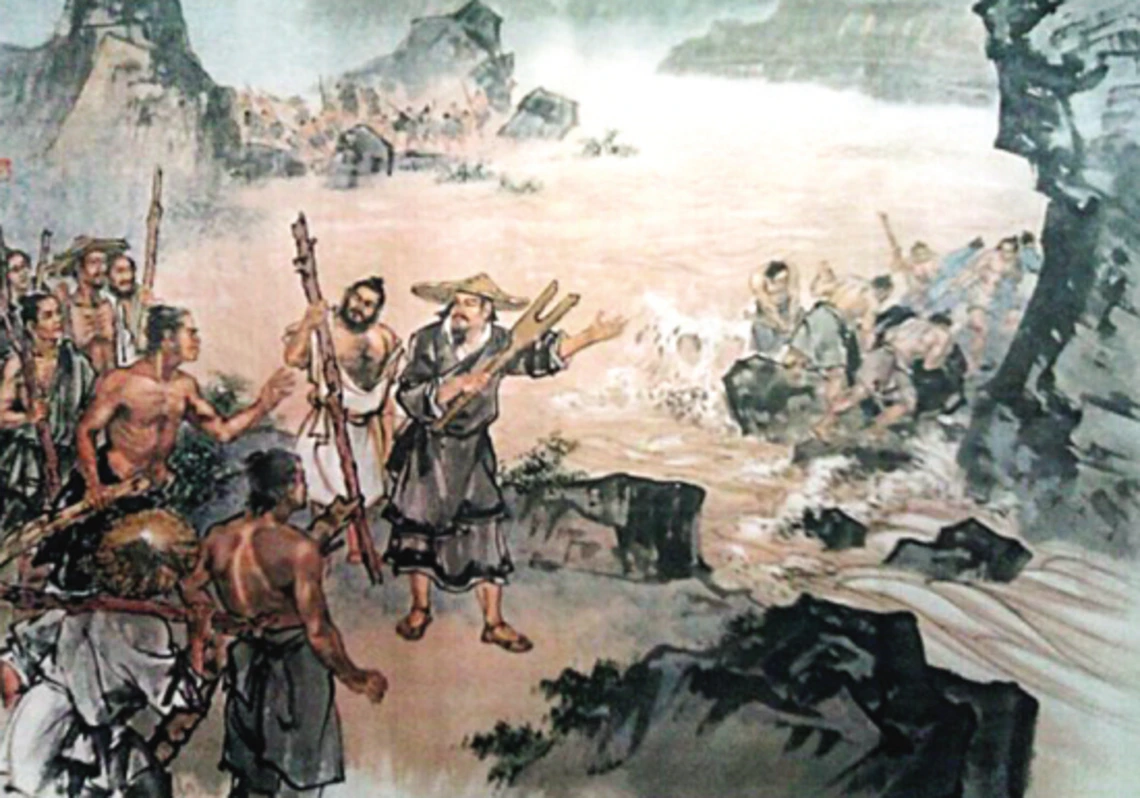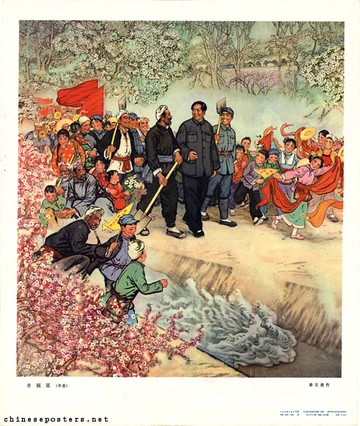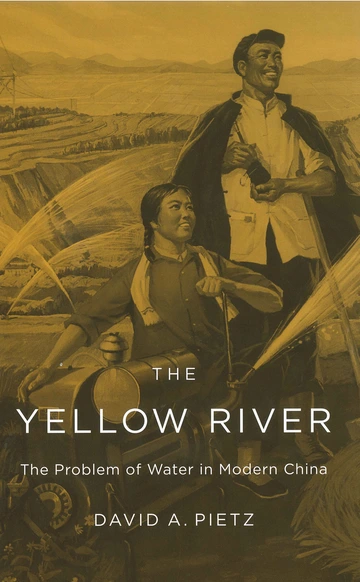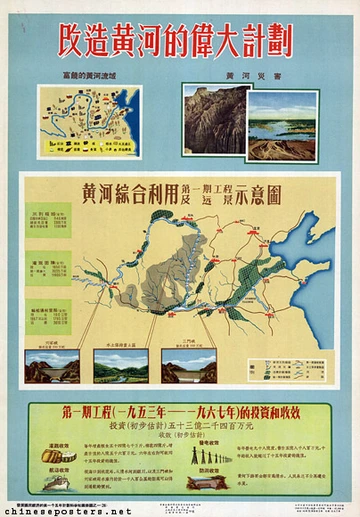Faculty Feature: David Pietz

Professor David Pietz is a leading expert in Chinese history and the UNESCO Chair in Environmental History at the University of Arizona. Professor Pietz's research focuses on the environmental history of modern China, particularly in the context of water resources. His work explores how historical trajectories have shaped China's contemporary environmental challenges.
In this Q&A session, Dr. Pietz discusses these challenges, which are shaped by resource constraints and rapid economic growth that bear some similarities to the environmental issues faced in Arizona.

How has environmental history shaped the modern development of China?
An important dimension of China’s extraordinary economic development over the past 40 years has been resource constraints – a product of a long historical trajectory – that the state has had to negotiate during this period.
At the same time, rapid economic growth has further stressed these very same resources. The study of the environmental history of China allows us to recognize the range of choices and limitations available to policymakers in China as they continue to navigate an environmental and economic landscape that is not only a product of historical dynamics but also impacts national, regional, and international resource dynamics.
What are some of the major environmental challenges facing China today, and how are they connected to the environmental challenges faced in Arizona and the US?

Two prominent resource features of this challenging landscape are the uneven distributions of land and water. This set of challenges is simultaneously unique to China, given its intense population densities, as well as familiar in places like Arizona and the western U.S. where demand threatens supply.
In the context of China, dating back to 1949, the state and party have maintained a paramount concern for food and energy security, which has been influenced by their perceptions of a frequently unfriendly global landscape.
This concern primarily pertains to avoiding excessive reliance on imported food to sustain a vast population. Given China's high population-to-agricultural-land ratio and limited water resources, especially in the agriculturally vital North China Plain, the state confronts a significant challenge concerning water resource management. This challenge is centered on preserving clean water and determining its distribution between agricultural, industrial, and urban consumers. The parallel with Arizona's water challenges becomes evident in this allocation of water to different societal and economic sectors.
How can environmental history help inform our understanding of current environmental challenges, in Arizona and around the world?

In both China and Arizona, water allocation arrangements are products of historical developments, which we can explore through the lens of environmental history. This broader perspective allows us to recognize continuity and change in how communities are shaped by environmental dynamics, and in turn, how the environment shapes community life, both human and non-human.
This overarching approach informs my current project that examines the social construction of perceptions regarding biodiversity, conservation, and extinction in China. The project focuses on a specific case study: the extinction of the Baiji dolphin, a species that inhabited the mid-Yangtze River until very recently.
